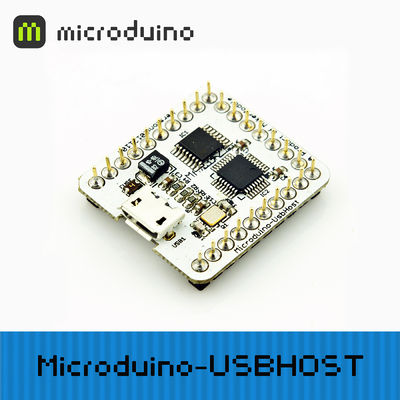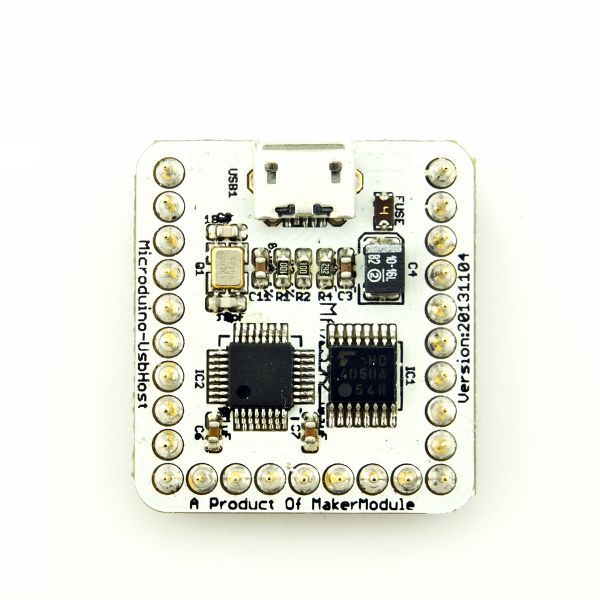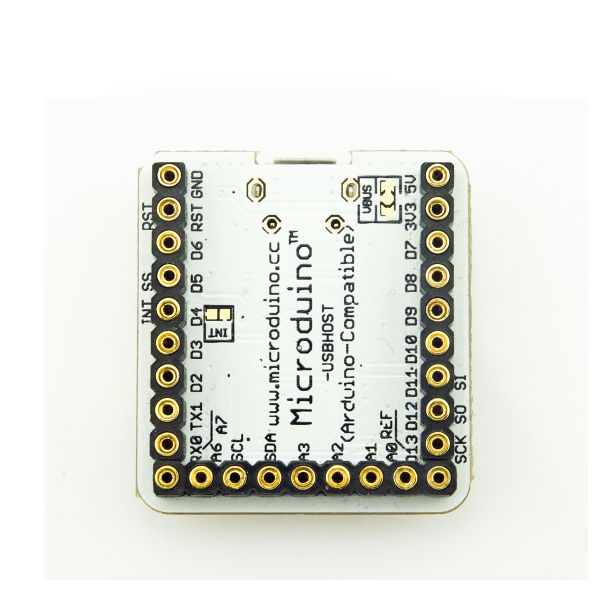“Microduino-USBhost”的版本间的差异
(Created page with "Microduino USBHOST {| style="width: 800px;" |- | Microduino USBHOST mainly supply the USB host function for some equipment, supports USB host controller and USB peripherals, s...") |
|||
| (未显示同一用户的1个中间版本) | |||
| 第1行: | 第1行: | ||
| − | |||
{| style="width: 800px;" | {| style="width: 800px;" | ||
|- | |- | ||
| | | | ||
| + | [[File:Microduino-USBHOST-rect.jpg|400px|thumb|right|Microduino-USBHOST]] | ||
| + | |||
Microduino USBHOST mainly supply the USB host function for some equipment, supports USB host controller and USB peripherals, such as mobile phones OTG function, keyboards, joystick, and camera. | Microduino USBHOST mainly supply the USB host function for some equipment, supports USB host controller and USB peripherals, such as mobile phones OTG function, keyboards, joystick, and camera. | ||
| 第34行: | 第35行: | ||
**USB-to-serial converter - FTDI,PL-2303,ACM,mobile phones with OTG function and GPS receiver; | **USB-to-serial converter - FTDI,PL-2303,ACM,mobile phones with OTG function and GPS receiver; | ||
**Android mobile with ADK function; | **Android mobile with ADK function; | ||
| − | **Digital Camera - Canon EOS's Powershot, Nikon digital SLR cameras and P&S, and general PTP; | + | **Digital Camera - Canon EOS's Powershot, Nikon digital SLR cameras and P&S, and general PTP; |
**Mass storage devices, such as U disk, card reader, external hard drive; | **Mass storage devices, such as U disk, card reader, external hard drive; | ||
**Bluetooth dongle. | **Bluetooth dongle. | ||
| 第56行: | 第57行: | ||
|} | |} | ||
| + | [[file:Microduino-USBHOST-Pinout.jpg|800px|thumb|center|Microduino-USBHOST-Pinout]] | ||
==Document== | ==Document== | ||
| 第111行: | 第113行: | ||
==Front== | ==Front== | ||
| − | + | [[file:Microduino-USBHOST-F.JPG|thumb|600px|center|Microduino-USBHOST Front]] | |
==Back== | ==Back== | ||
| − | + | [[file:Microduino-USBHOST-b.JPG|thumb|600px|center|Microduino-USBHOST Back]] | |
==Video== | ==Video== | ||
|} | |} | ||
2014年3月2日 (日) 12:37的最新版本
|
Microduino USBHOST mainly supply the USB host function for some equipment, supports USB host controller and USB peripherals, such as mobile phones OTG function, keyboards, joystick, and camera. 目录Features
Specifications
文件:Microduino-USBHOST-Pinout.jpg Microduino-USBHOST-Pinout DocumentEagle PCB local download Main components:
Development
An ordinary Bluetooth adapter. You can easily add different Bluetooth services, such as a PS3 or Wii controller or SPP which is supported through Bluetooth virtual serial port. A number of different examples can be found in the examples directory.
Connect USB peripherals. Such as a mouse, handle etc.
Connect HID devices via Bluetooth, currently supports HID mouse and keyboard.
Allow you send data to your Microduino from PM/mobile phone via Bluetooth.
Allow you to use the Sony PS4 controller via Bluetooth and USB.
Use DUALSHOCK3, navigation or motion controller via Bluetooth and USB.
The library uses USB as the Xbox 360 controller.
ApplicationLight a LED via a mobile using the ADK example library: Prepare work
Debug
BugHistoryPictureFrontBackVideo |


